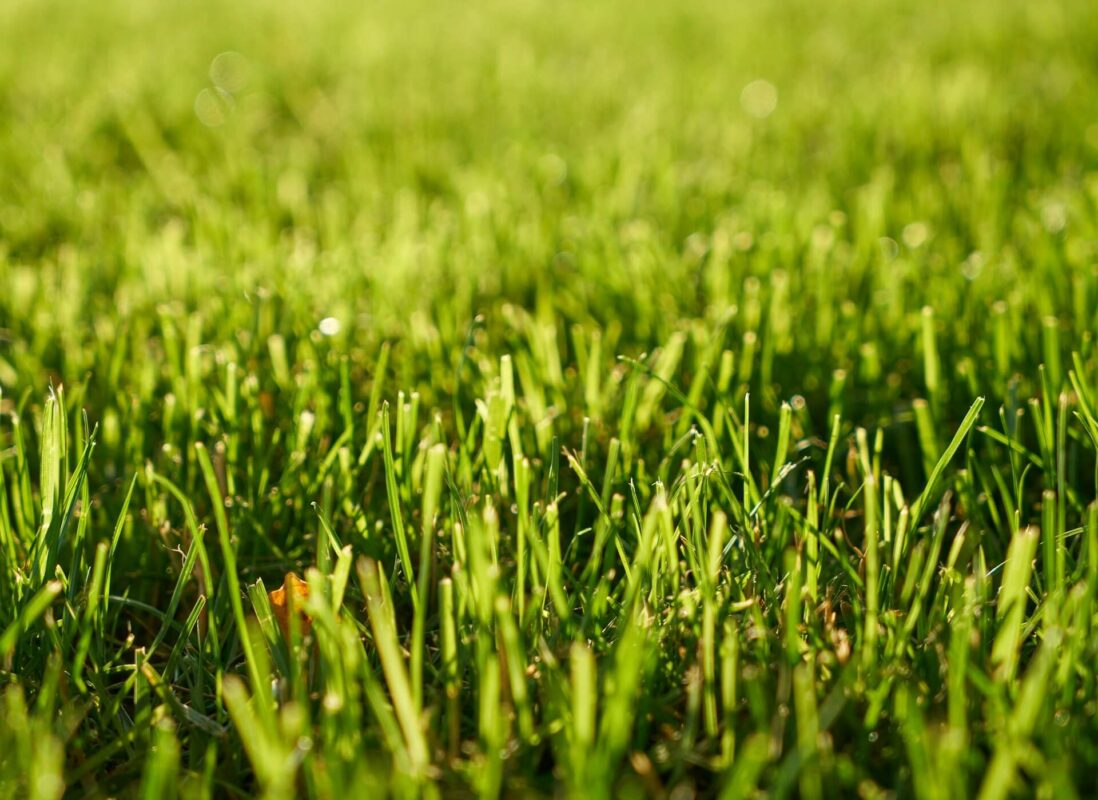Pasture Establishment: Which Seeding Method Should You Use?

I might spend a lot of time in front of a computer as part of my job here at Nature’s Seed, but my favorite place to be is out working with the land. This week I was able to do just that. After weeks of waiting, the weather finally calmed down enough to get my own pasture seeded. The process began last year with a soil test and survey, weed control, tillage and extensive planning. As I tell our customers, establishing a pasture is a process that should start months before any seed hits the soil. As part of the planning process you’ll need to consider what seeding method will work best for your new pasture.
Seedbed Conditions
The first factor that will determine your seeding method is whether you will be planting onto a no-till seedbed or a conventional, tilled seedbed. Conventional tillage involves using plows, discs and harrows to work the soil and provides a fresh, smooth surface for planting. With conventional tillage, weeds and other vegetation are removed and incorporated into the soil leaving a bare seedbed. On the other hand, no-till is a method of establishing a pasture without tillage. It involves sowing the seed directly into undisturbed soil. There are positives and negatives to both methods, so take some time to familiarize yourself with each practice.
Available Equipment
The second factor that will determine your seeding method is the type of equipment you have available. Unless you’re a farmer, you probably don’t have a large collection of seeding equipment to choose from. Most hobbyists and smaller landowners will rent their equipment or hire someone to perform custom farm work. Some equipment rental businesses have seeding equipment available for rent, or you can contact your local Cooperative Extension Service for help with finding equipment or custom operators for hire.
Broadcast Seeding

Broadcast seeding is the most basic seeding method. It can be done with a hand-held seed spreader (for smaller pastures) or a larger spreader attached or pulled by an ATV, truck or small tractor. Broadcast seeding works best in combination with conventional tillage. For best results, use a cultipacker to press the seed into the soil after seeding, or lightly rake the area to work the seeds into the soil. Broadcasting can also be used in no-till situations; however the success rate decreases as proper seed-to-soil contact is often lost. Broadcasting is the cheapest method and can be done on rough or steep terrain where other methods can’t be used. On the downside, broadcast seeding can result in uneven seed distribution and requires a higher seeding rate. It’s also difficult to control planting depth.
Cultipack Planters
Another method is to use a cultipack planter. These specialized planters can be pulled using an ATV or tractor. Instead of flinging the seed onto the soil surface like the broadcast method does, with a cultipack planter the seed is dropped onto the soil surface from a hopper. After the seed is dropped, a roller presses the seed into the soil. This method works best in conventional tillage situations. Cultipack planting is similar to broadcasting, but distribution is improved and it combines two steps into one. Planting depth is still difficult to control and will depend on soil firmness.
Drill Seeding

The most effective and efficient seeding method is drill seeding. Drill seeding can be used in both no-till and conventional tillage situations. This method employs the use of a mechanical seed drill pulled by a tractor. In one pass, a seed drill opens a furrow in the soil, places the seed in the furrow at a controlled depth and then covers the seed. Every aspect can be controlled precisely – rate of application, seeding depth and row spacing. Pastures seeded using drills tend to have a higher success rate and improved crop yield. Because the seed is covered it’s protected from the sun, wind and birds and is able to access moisture easier. Drill seeding does require a tractor and can’t be used on rough or steep terrain. It also struggles with some of the more fluffy seeds. No-till situations require specialized seed drills capable of seeding into existing vegetation.
